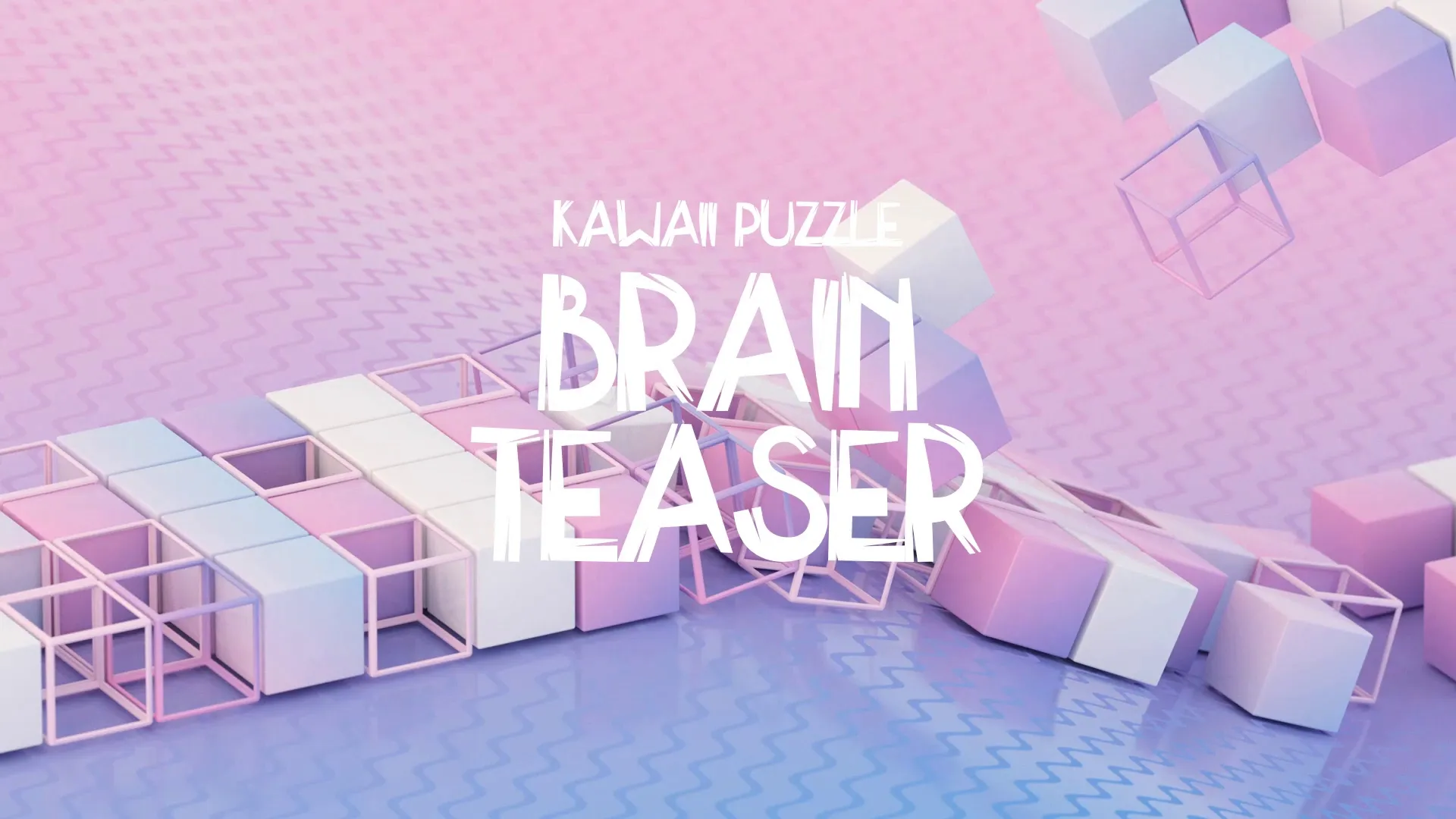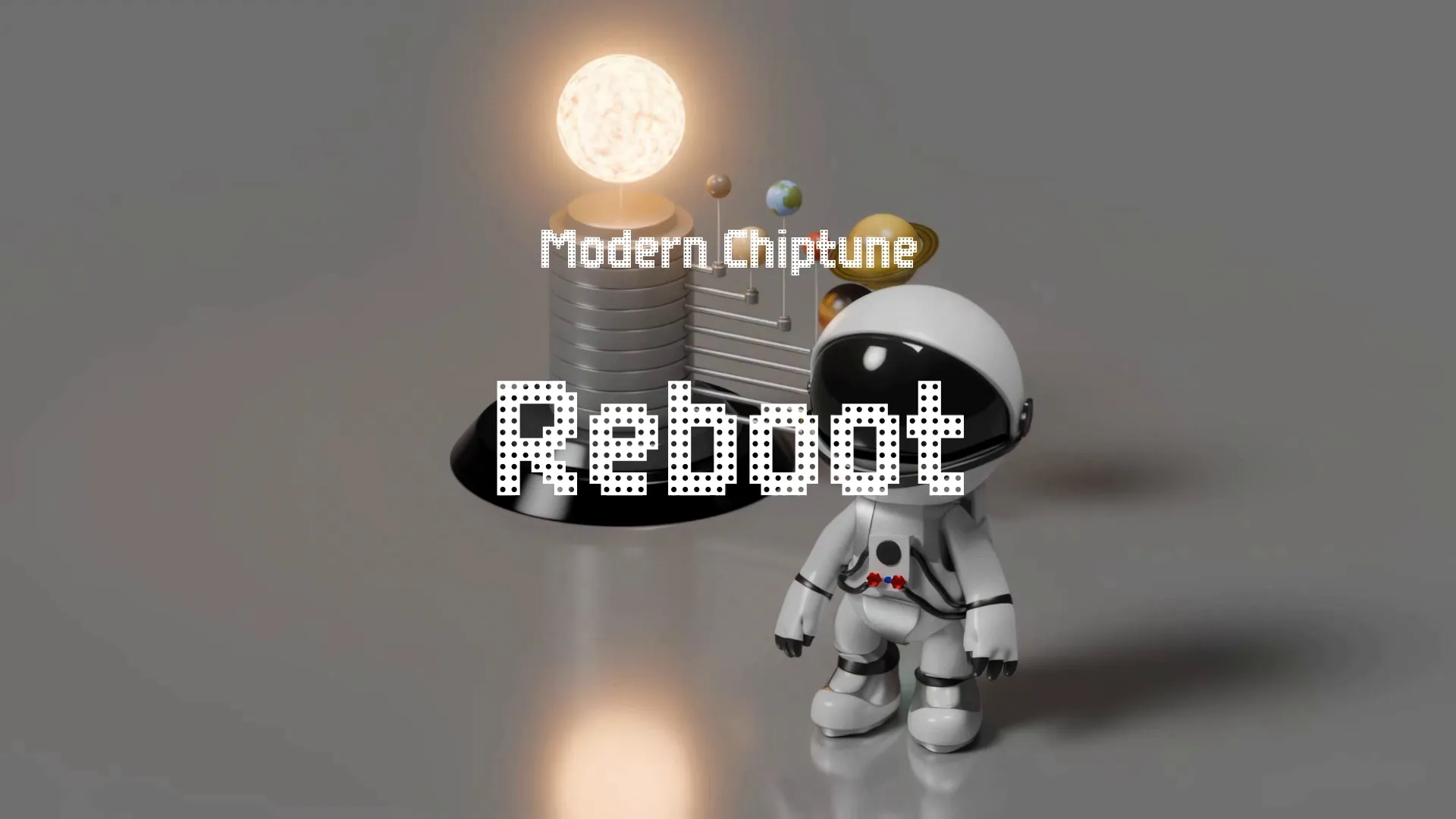Organizing Your Game Design: Plan Without Overwhelm
Organizing Your Game Design: Plan Without Overwhelm
Finding the sweet spot between detailed planning and creative freedom is a challenge for many indie game developers. Too much planning leads to analysis paralysis. Too little planning leads to chaotic development and feature creep.
How do you navigate this spectrum and organize your game design effectively, especially when you’re working solo or in a small team? Let’s explore practical strategies for striking that balance.
Understanding the Spectrum of Planning: Detailed vs. Flexible
Some developers meticulously document every aspect of their game before writing a single line of code. Others prefer a more agile approach, iterating rapidly and letting the game evolve organically.
The right approach depends on your personality, the complexity of your game, and your team size. There’s no one-size-fits-all solution.
However, a purely improvisational approach often leads to scope creep, inconsistent mechanics, and ultimately, a project that never ships. On the other hand, rigid planning can stifle creativity and make it difficult to adapt to new ideas or unforeseen challenges.
The key is to find a balance. Aim for enough structure to guide your development, but remain flexible enough to embrace inspiration and adjust your plans as needed.
Modular Design: Breaking Down the Game
One effective strategy is to adopt a modular design approach. Instead of viewing your game as a monolithic entity, break it down into smaller, independent systems.
These systems might include character movement, combat, inventory, dialogue, or AI. Each system can then be designed, developed, and tested in isolation.
This modularity makes your game easier to understand, manage, and modify. It also allows you to prioritize development efforts and focus on the most critical components first.
Indie developer Sarah Northway, creator of “I Was a Teenage Exocolonist,” emphasizes this modularity in her design process. “I break my games into systems, each system having its own design document and prioritized tasks. This allows me to focus and avoid feeling overwhelmed by the big picture.”
Prioritizing Core Mechanics: Focus on What Makes the Game Unique
What’s the core experience you want players to have? What makes your game unique and compelling?
Focus your initial planning efforts on defining and refining these core mechanics. Nail them down before you get bogged down in secondary features or intricate details.
This doesn’t mean ignoring other aspects of your game. It means prioritizing the elements that are essential to the core experience. Everything else should support and enhance these core mechanics.
Create a free account, or log in.
Gain access to free articles, game development tools, and game assets.











.webp)




.webp)


.webp)


.webp)
